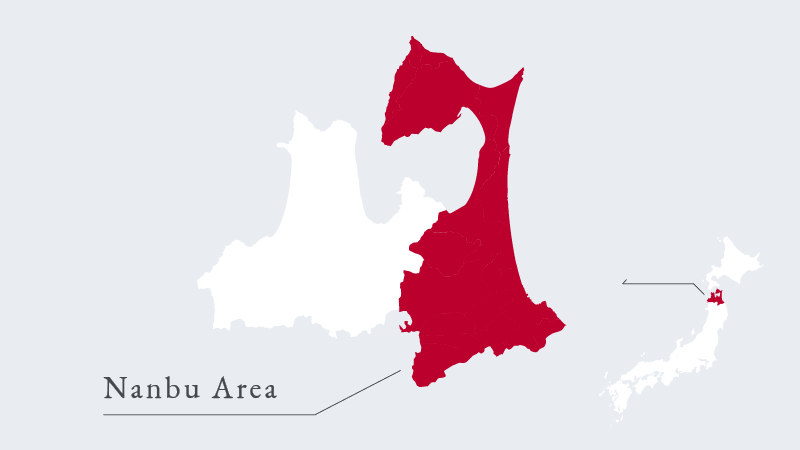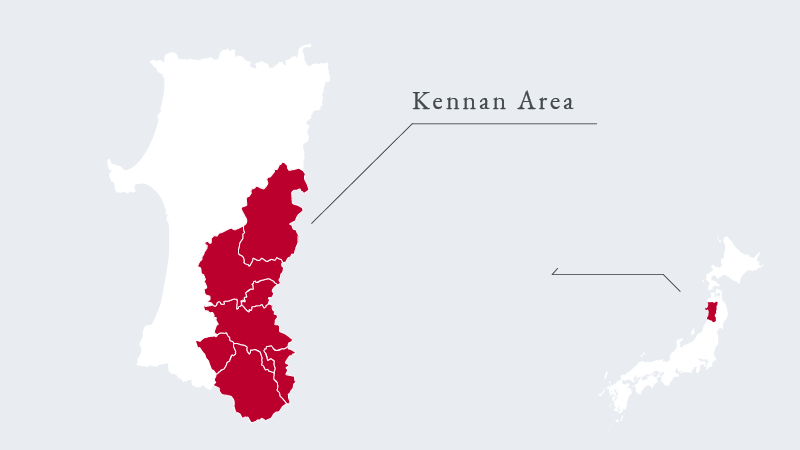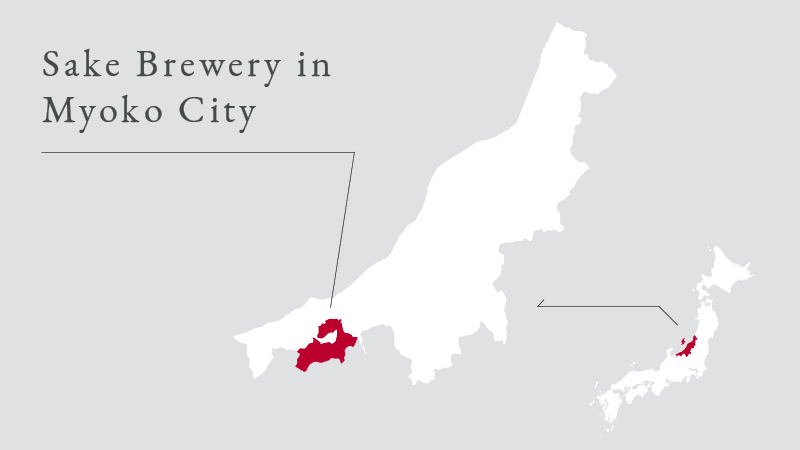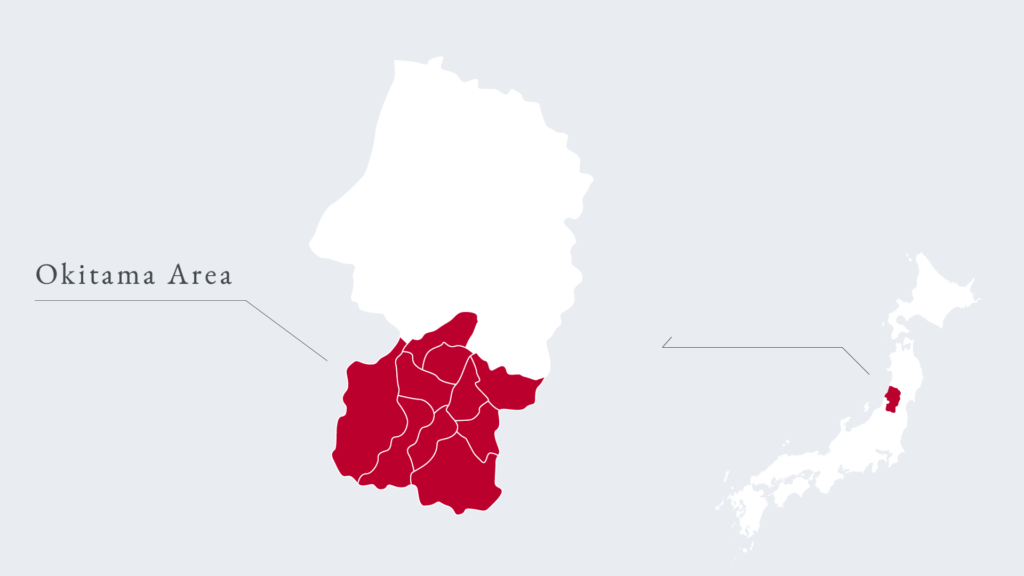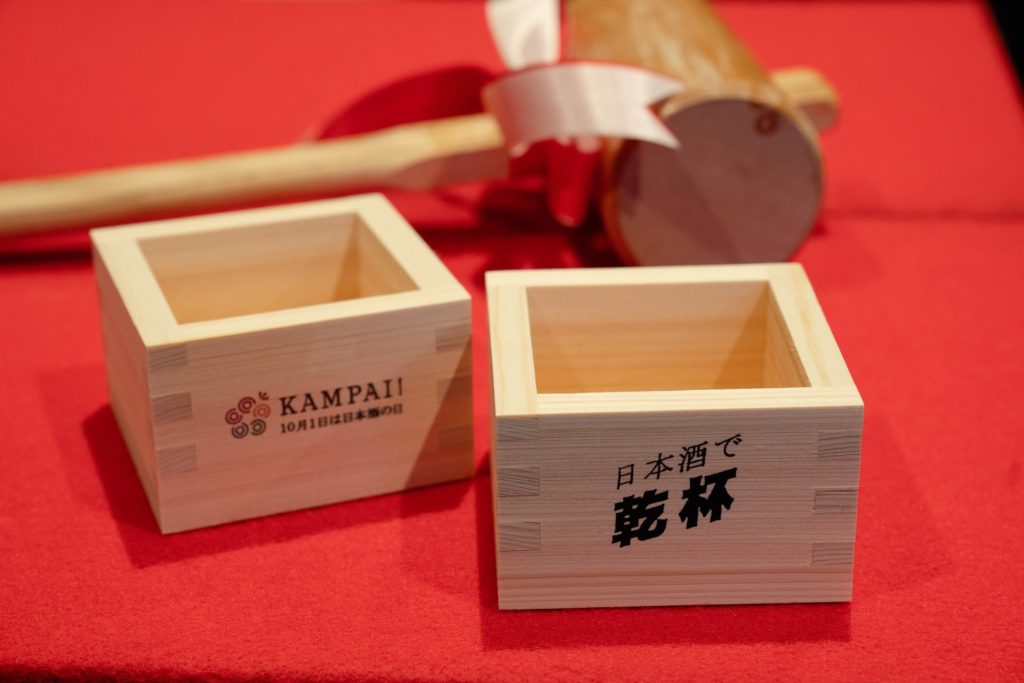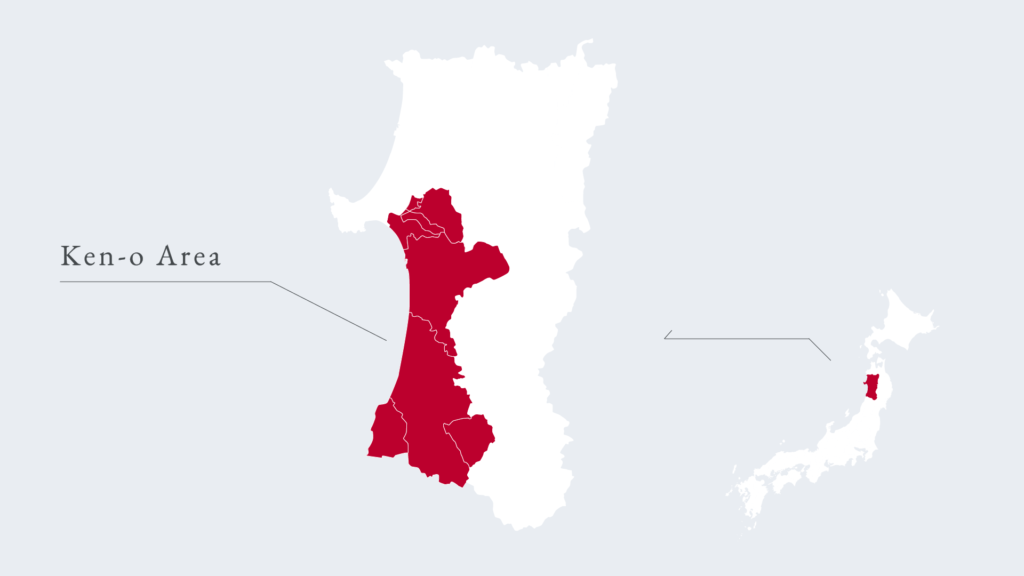Sake is one of the most popular drinks in Japan. Different rice and water are used in different regions, resulting in sake with different flavors depending on regions.
The relationship with the snow country culture can also be seen in the background of sake.
For example, some sake breweries make good use of the heavy snowfall in their brewing process, such as using melt water and Yukimuro (a insulted room that store massive amount of snow to mature and chill sake).
Rice, an important ingredient in sake brewing, also grows well thanks to the melt water from the snow that accumulates in the winter and melts in the spring. Therefore, some sake breweries benefit indirectly from the snow.
Even if snow is not directly involved in sake brewing, some breweries name their sake after snow-related words. Whether directly or indirectly, snow has an impact on sake culture.
Let's take a look at some of the breweries in Nanbu area, Aomori prefecture, Japan.
Where is Nanbu area?
Aomori Prefecture can be roughly divided into two regions: the Nanbu area and the Tsugaru area.
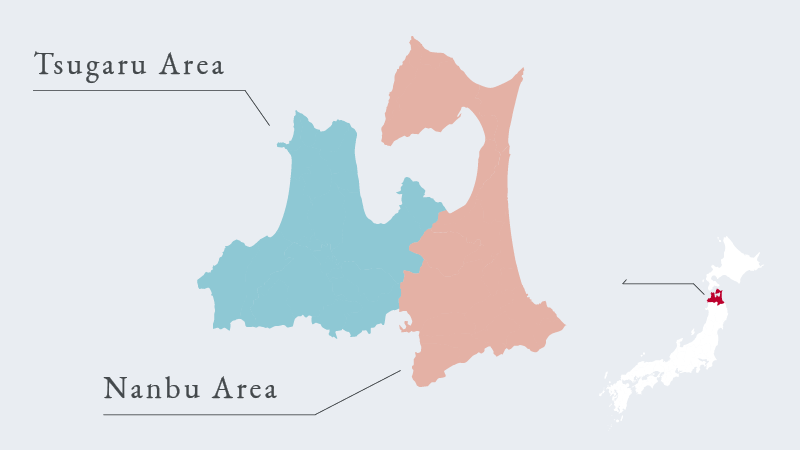
The neighboring Tsugaru area was the domain of a different clan (Tsugaru clan / 津軽氏) for about 260 years during the Edo period, and the climates of the Tsugaru area on the Sea of Japan side and the southern part of the prefecture on the Pacific side differed greatly, which is why the cultural differences between the two areas are apparent.
The Nanbu area had a culture that treated horses with great importance and was known as a production area for Nanbu-Koma (the name of a type of horse). There is a unique architectural style called "Nanbu-Magariya," in which the main house is connected to the stable where the horses are kept.
Castles were built in Shichinohe city, Sannohe city, etc., and as a castle town and a post town on the Oshu Kaido (one of the roads leading to Edo [the old name for Tokyo]), there was a lot of traffic of goods. Since the Meiji period (1868-1912), Hachinohe City has also prospered as a port on the Pacific Ocean route, and remains one of the leading fishing bases in Japan.
That famous festival with a long history is the "Sansha Taisai" or "Enburi". Enburi" is a traditional winter event held mainly in the southern part of the city, and was designated as an Important Intangible Folk Cultural Property by the government in 1979.
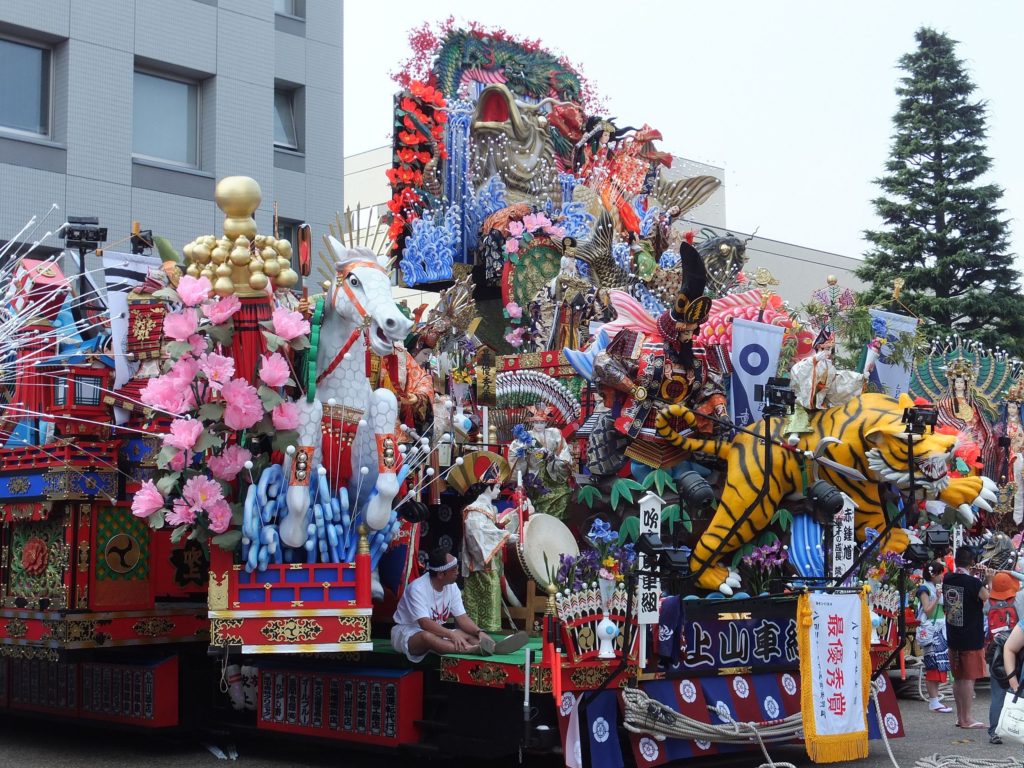
Amount of snowfall varies by area
Aomori Prefecture has two distinctly different climates, one on the Sea of Japan side and the other on the Pacific side, due to the Ou Mountains located in the center of the prefecture.
The Tsugaru area on the Sea of Japan side is known as an area where a lot of snow falls. Aomori City, in particular, has the highest snowfall rate in the world, according to AccuWeather in 2016.
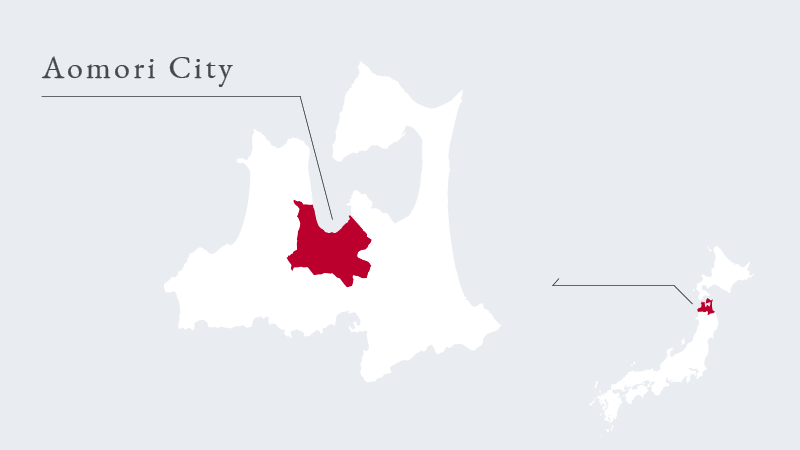
On the other hand, in the Nanbu area, the Shimokita area in the north is said to get a lot of snow, but the southern part of the Nanbu area does not get much snow.
7 Sake Breweries in the Nanbu area
Let's take a look at 7 sake breweries in the Nanbu area of Aomori prefecture.
Sekinoi Shuzo (関乃井酒造)
The only brewery in the Shimokita Peninsula at the top of Honshu. Established in 1894.
They brew sake based on the concept of "sake" that should be enjoyed with Shimokita foods.
Well water from Mt.Osore Mountains is used as brewing water.
Address: 1-5-15 Yanagimachi, Mutsu City, Aomori Prefecture
Phone number: 0175-22-3261
URL : (Japanese Only) http://www.sekinoi.co.jp/top.html
Hachinohe Shuzo (八戸酒造)
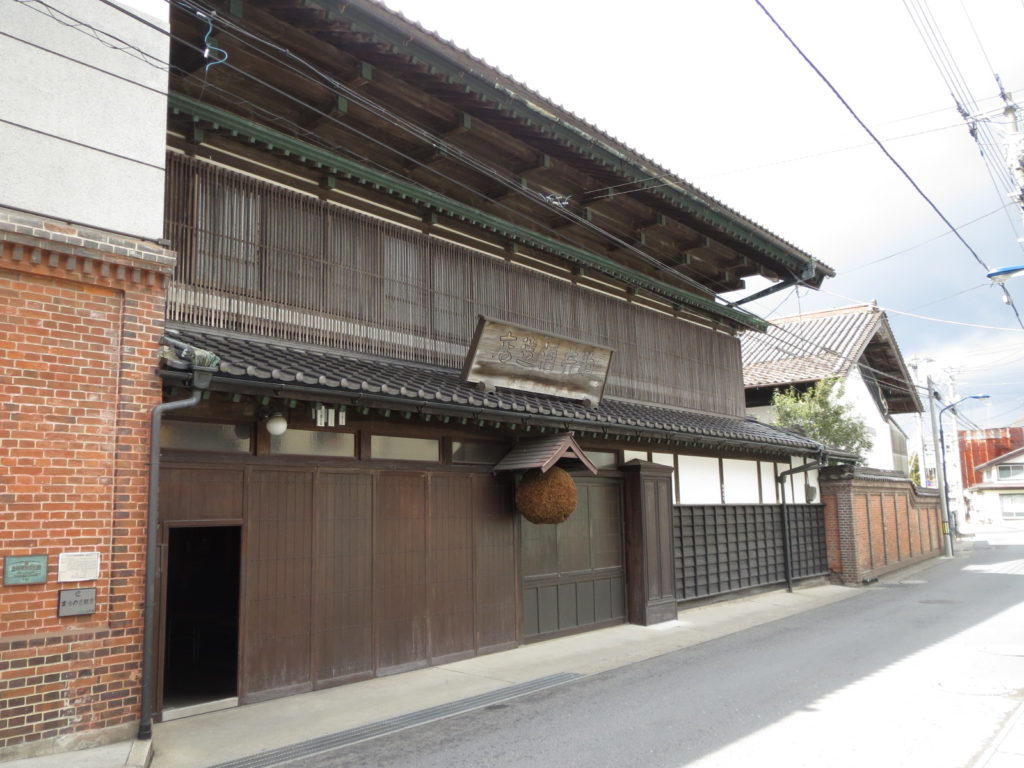
Hachinohe Shuzo started brewing sake in 1775. The brewing water used is famous water from the Hachinohe-Kanizawa area.
Its representative brand is "Mutsu Hassen (陸奥八仙)". In Chinese folklore, there is a story about eight sake hermits called "Suihassen(酔八仙)".
In the stories, there are various anecdotes about these hermits and their interesting ways of enjoying sake. Hachinohe Shuzo hope that people will enjoy sake in the same way.
There is also an initiative called "Ganja Natural Sake Club", where members can enjoy part of the experience of sake brewing through agricultural experience.
As of August 27, 2021, the sake brewery tours have been cancelled due to the new coronavirus.
However, when the situation calms down, they will announce the reopening on their website and SNS.
Address: 9 Aza-Honcho, Minatomachi, Hachinohe City, Aomori Prefecture
Phone number: 0178-33-1171
URL: https://mutsu8000.com/en/
Hachinohe Shurui (八戸酒類)
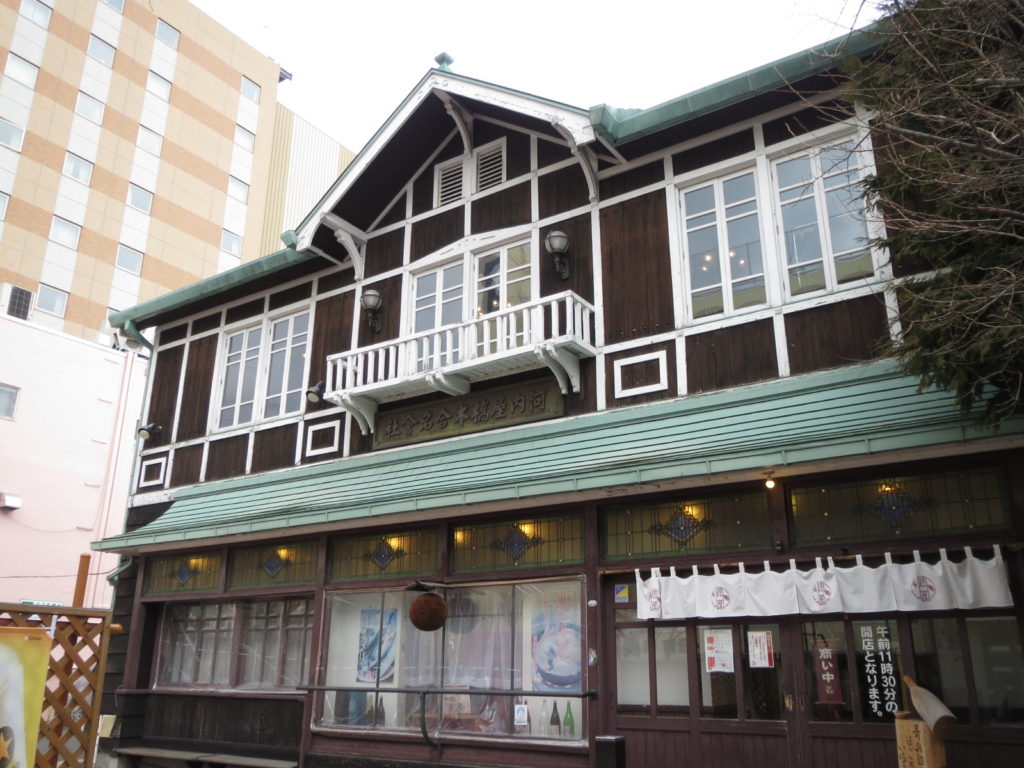
Hachinohe Shurui brews sake at two plants, Hachitsuru and Gonohe.
The Hachitsuru plant was established in 1786. Its signature sake is Hachitsuru(八鶴). The name is a combination of the Nanbu clan's family crest, "facing crane(向かい鶴)" and Hachinohe(八戸)'s "eight(八)".
The Gonohe factory uses subterranean water from Mount Heraidake, an outer rim of Lake Towada. Its representative sake is Joku.
Information on the Hachitsuru and Gonohe brewery tours is available on the website. You can also contact them by phone or email.
Hachitsuru Plant:
Address: 1 Oaza Yokamachi, Hachinohe City, Aomori Prefecture
Phone number: 0178-43-0010
Gonohe PLANT:
Address: 12 Aza-Kawaramachi, Gonohe Town, Sannohe County, Aomori Prefecture
Phone number: 0178-62-2115
URL (Japanese Only) https://hachinohe-syurui.com/
Momokawa Co., Ltd. (桃川)
Momokawa originated in the Edo period (1603-1868) as a home-grown brewery for the headman of the time, and started brewing sake in 1889.
Momokawa's signature sake is Momokawa. It is brewed with water from the Oirase River, which originates in the Hakkoda Mountains and Lake Towada.
There is information about the brewery tour in English.
Address: 112 Kamimeido, Oirase Town, Kamikita-gun, Aomori Prefecture
Phone number 0178-52-2241
URL : https://www.momokawa.co.jp/en/index.html
Tour : https://www.momokawa.co.jp/en/tours.html
Hatomasamune (鳩政宗)
Hatomasamune was established in 1902.
The name "Hatomasamune" originates from the story of a white pigeon that came into the brewery one day and perched on the altar. The brewer tried to chase it away, but it returned to the altar and eventually took up residence.The Kurando said, "The dove is a symbol of peace. This pigeon must be the guardian deity of the storehouse." After the pigeon's death, They built a shrine to it and enshrined it as the god of pigeons and the name was changed to Hato Masamune(Hato means pigeon in Japanese).
The water used is subterranean water from Hakkoda and Oirase.
Address: 176-2, Aza-Inayoshi, Sanbongi, Towada City, Aomori Prefecture
Phone number: 0176-23-0221
URL (Japanese Only) http://www.hatomasa.jp
Morita Shobe Shuzo(盛田庄兵衛酒造)
Morita Shobe Shuzo is said to have started brewing sake in 1777. The brewing water used is subterranean water from the Takase River in the Hakkoda Mountains.
Komaizumi (駒泉), a representative of the brewery, was named after a legend that clean water gushed from Shichinohe, a town famous for its horses. It was named after the legend that clean water(泉) gushes out of Shichinohe Town, which was famous for its horse(駒) production.
Address: 230 Aza-Shichinohe, Shichinohe-machi, Kamikita-gun, Aomori Prefecture
Phone number: 0176-62-2010
URL: http://www.morishou.co.jp/en/
Rokushu Brewing Studio(六趣醸造工房)
The Rikushu Brewing Studio was established in 2006. This is where shochu, not sake, is made.
Aomori Prefecture is the largest producer of chinese yam in Japan, and they wanted to make shochu from chinese yam grown in Rokkasho Village, so they asked a Kyushu-based brewery to develop a chinese yam shochu product in 1991.
A tour is also available.
URL (Japanese Only) : https://rokushu.com/

